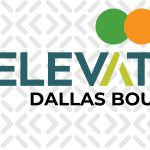
From excellent customer service to workplace cultures that foster creativity, innovation and sustainability, top brands use unique strategies to embody their mission.
Provide Customer Service Like Chick-Fil-A
Just like how there are dozens of fast food choices to pick from, your clients have lots of options when it comes to who they want to mow their lawn or design their outdoor patio.
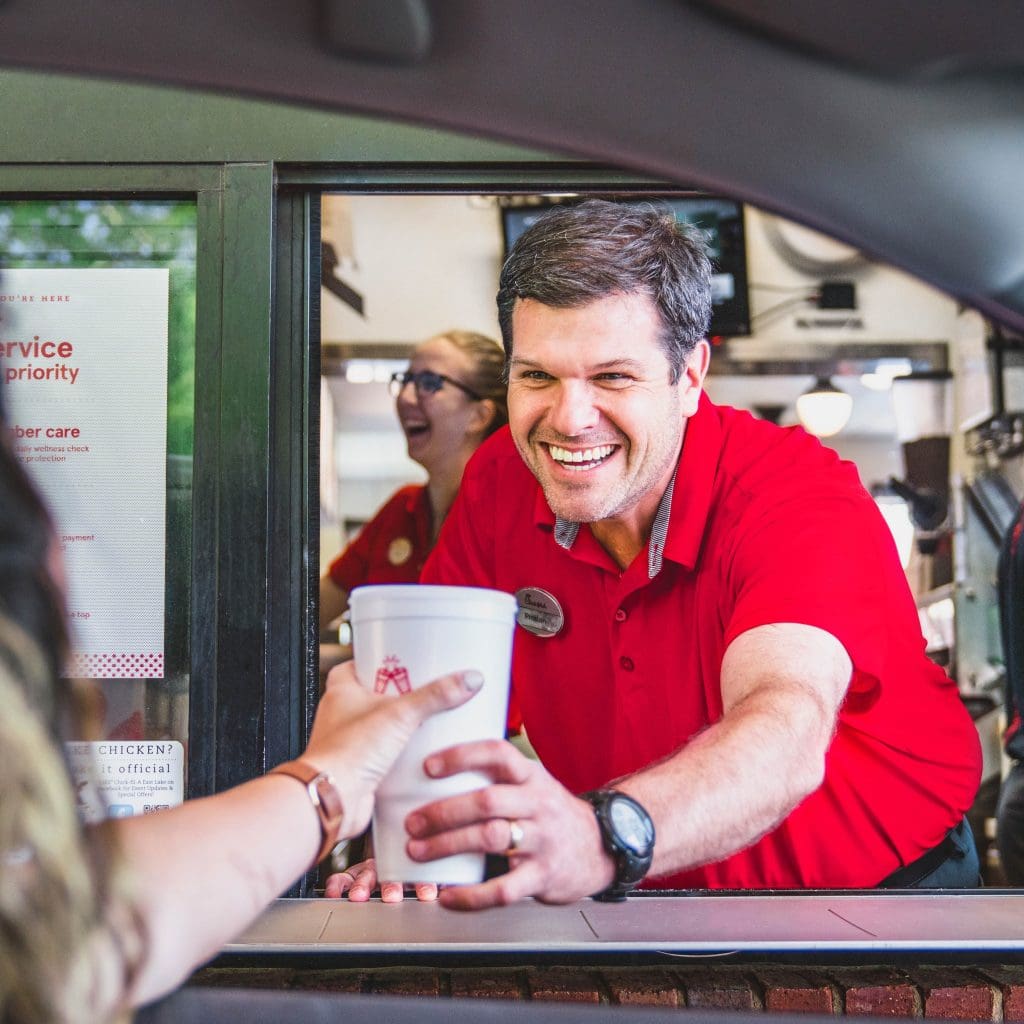
One of the ways to stand out from a sea of sameness is quality customer service, and Chick-fil-A chooses this as one of their differentiators. While your company doesn’t serve chicken, it does probably interact with customers on a daily basis as you go about creating beautiful properties, so this is an area you could choose to amplify as well.
According to The Dijulius Group, the average Chick-fil-A restaurant generates more than $8 million in sales annually. With only 2,700 locations, Chick-fil-A generates more total sales than any fast food chain outside of McDonald’s and Starbucks. Despite being closed on Sundays, they also make more per restaurant than McDonald’s, Subway, and Starbucks combined.
The company has also been ranked the No. 1 for customer satisfaction in fast food restaurants for the ninth year in a row by the American Customer Satisfaction Index. Earning this ranking repeatedly was not by sheer chance.
One of the keys to their success is requiring franchise owners to work at their restaurants. With other fast food chains, the franchise owners have multiple locations and hire underqualified managers to operate each restaurant. Translation: Take a look at your middle management. Are you investing in them?

Unhappy employees are less likely to treat your customers with respect and care if they don’t feel valued.
Another element of their customer service is how employees are trained. They have a four-part model to make eye contact, smile and strive to see the customer return a smile and engage personally. The fourth part gives Chick-fil-A employees the ability to offer complimentary food in an attempt to make a customer’s day better. If they ask a customer how their day is going and they mention they got a flat tire that morning, the employee can say something like, “I’m sorry to hear that! Your food is on Chick-fil-A today.”
“We have this really … generous approach to our guests and we want them to feel restored and cared for — not necessarily that it’s like home for them, but it feels warm and inviting and that they want to come back and they want to spend time there,” says Khalilah Cooper, Chick-fil-A’s executive direct of design, told Business Insider.
Customers are also sought out for their opinions. Those who report a poor experience receive a phone call from the franchise owner that starts with an apology and a request for a second chance. Those who agree to a second chance are given a free meal.
Another reason Chick-fil-A has such excellent customer service is they are known for a world-class customer experience. Candidates who are just looking for a job and don’t want to be held to a higher standard tend not to apply. Consider your own business’s reputation. Are you a company people would be proud to work for? Are you known for quality work and caring for your customers and employees?
Foster Creativity Like Adobe
The landscape industry calls for creativity constantly. What worked in one situation will not necessarily serve as a solution for other properties. There are numerous factors to contend with, from weather and permitting to labor challenges and material shortages.
Adobe’s products are used for creative purposes, and they also recognize that creativity provides tangible benefits, as companies that foster creativity are 3.5 times more likely to outperform their peers in terms of revenue growth. Creative companies also enjoy greater market share and competitive leadership than their counterparts.
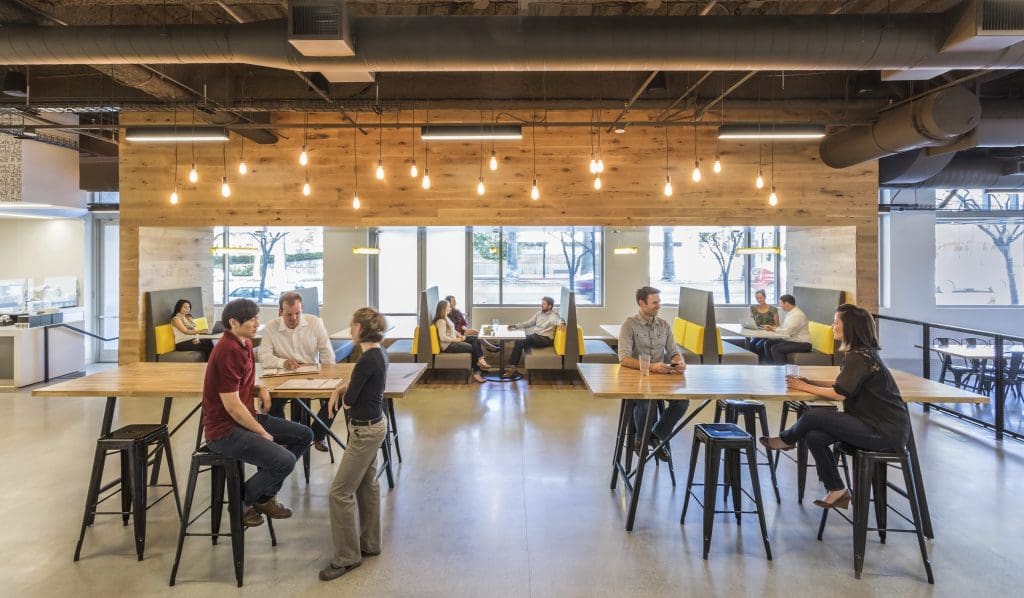
However, creativity only thrives if it is supported by senior leadership. Adobe goes out of their way to give their employees challenges and provide them with the trust and support to overcome those obstacles. Managers serve as coaches who let employees set their goals and determine how they should be assessed. Adobe employees are also given stock options, so they have a stake and reward in the company’s success. Offering profit sharing or operating as an ESOP can provide a similar investment for your team.
Continual training and not micromanaging allows employees to take creative risks without fear of penalty. If you have a team member who thinks there’s a better way to roll out in the morning, ask them to outline their proposed changes. Let them conduct a test run one week during one of your slower months.
Adobe also fosters innovation by allowing their employees the time to challenge the status quo. Creativity also does not come from one department but is often found by connecting with other employees outside of a specific division and learning from their different points of view.
In December, Adobe has “Garage Week,” where everyone, from researchers and engineers to product managers and designers, gets to work on projects they didn’t have time to pursue during the rest of the year. It serves as a company-wide chance to be creative, learn and socialize with people from different teams.
Adobe’s Predictive Audiences feature, which improves personalized experiences for customers, is an example of a product created during Garage Week. If your business is more seasonal, consider using the off-season to serve as a creative getaway for your team to evaluate ways your business can improve.
Build A Strong Company Culture Like Workday
Company culture is one of the main ways lawn and landscape companies can recruit and retain employees. Workday is a business that puts significant effort into developing a strong company culture, as 93% of their employees say it is a great place to work, according to Great Place To Work, the global authority on workplace culture. Workday has also been listed as one of Glassdoor’s 100 Best Places to Work in 2023.
The company makes cloud-based software for finance and human resources and one of their core values is their employees. One of the ways they demonstrated this is when cofounders Aneel Bhusir and Dave Duffield personally interviewed their first 500 hires to ensure they were bringing on people who were cultural fits.
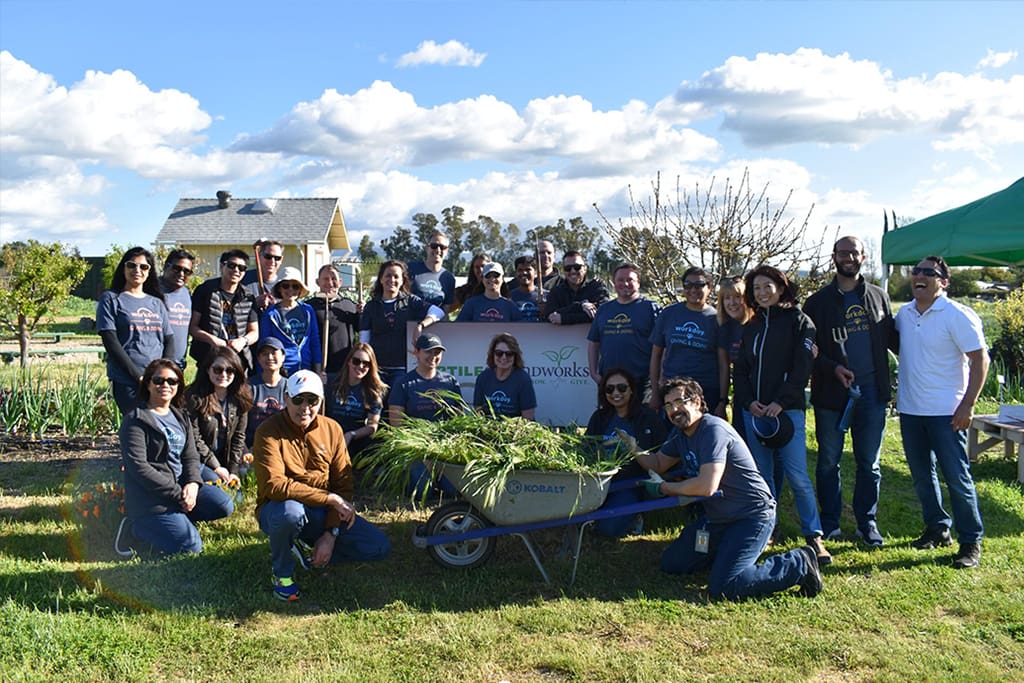
Their culture centers on interpersonal collaboration as it leads to high employee engagement. Workday hosts a number of socialization opportunities during and after work, including various sports clubs, family events, cocktail Fridays, and allowing dogs at certain office locations. While these serve as job perks, they also foster relationships among co-workers and strengthen teamwork.
Obviously, some of these offerings may not be a good fit for your operation, but if your employees love playing soccer, consider hosting a company tournament. Perhaps a friendly cookoff can help engage team members from different departments and build new connections.
Workday also monitors their company culture closely by sending out weekly surveys through their Workday Peakon Employee Voice platform. The questions vary from week to week, but they measure employee sentiment by asking questions like if the work they do is meaningful to them and how’s their relationship with their manager.
This data is aggregated and shared with leaders so the company can course-correct as needed. In one case, they found their millennial employees didn’t feel they have visibility in their career trajectories, so Workday launched a series of career development workshops to allow employees to think holistically about their careers.
Workday also emphasizes belonging and diversity. They created the VIBE (Value Inclusion, Belonging and Equity) Index as a way to measure their performance across the employee lifecycle. This allows them to make sure their employees are included, feel a sense of belonging within the organization, and that the workplace is equitable across different facets of an employee’s identity, such as ethnicity, gender or ability.

Another set of Workday benefits focuses on supporting their employees’ whole well-being. They offer programs such as virtual primary care, unlimited PTO for salaried employees, financial planning services, mental health services and $25,000 in fertility/family planning services. All of these are offered with the belief that the more taken care of an employee feels, the more the company benefits with higher workplace engagement and retention.
Depending on your lawn or landscape company’s size, not all of these benefits or efforts are feasible, but start with finding one more way to enhance your employees’ lives.
Commit to Sustainability Like Patagonia
As stewards of the environment, committing to being a sustainable business is a natural fit for the industry. However, lawn and landscape companies aren’t the only ones working to make environmentally responsible business choices. Patagonia has been focused on sustainability since 1994 when they first assessed their environmental impact.

Some of their efforts to do better include using 100% renewable energy at their stores, offices and distribution centers, using 100% organic cotton, sourcing mostly Regenerative Organic Certified Cotton, and creating 87% of their apparel with recycled materials.
They also have additional goals they’re working toward, like eliminating the use of virgin petroleum fiber by 2025, having 100% reusable, recyclable or renewable packaging by 2025, and being net zero across their entire business by 2040.
Patagonia’s sustainability program is broken down into three categories: product, donation and activism. They have a Worn Wear program where customers can buy secondhand Patagonia products instead of new ones. The company also donates 1% of their profits to the preservation and restoration of the natural environment. Patagonia also connects people to local environmental protection groups and supports grassroots efforts to find solutions to the environmental crisis.
Patagonia makes a point of educating their customers as well. They teach consumers to take care of the products they already have and urge them to buy only a few of their products. While this sounds nonsensical from a business perspective, Patagonia makes about $1 billion in sales per year. This is because Patagonia’s message and goals resonate with consumers.
“One of the best tools we have is to show that doing the right thing for the planet can be profitable,” Yvon Chouinard, founder of Patagonia, tells McKinsey & Company. “We’ve proven it for decades now. Customers are putting pressure on companies to take action, and that’s a good thing. Young people are voting with their purchases, and companies should recognize that customers are changing.”
A similar tactic you could try at your own company is educating clients on when a service isn’t actually necessary versus doing as they wish just because they requested it. Use your authority as a landscape professional to show them why additional fertilizer isn’t necessary or explain how to preserve a tree versus cutting it down.
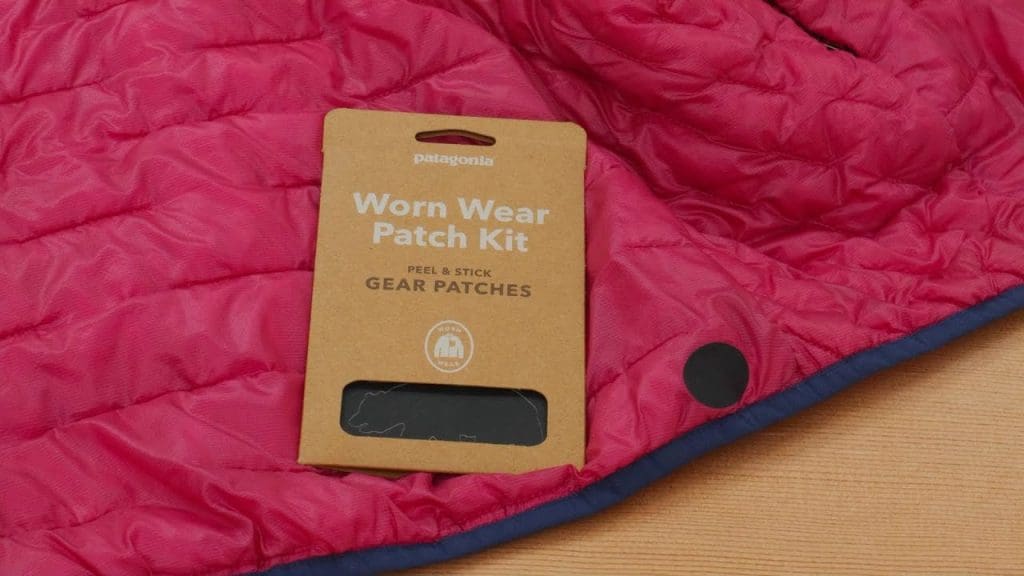
Patagonia also hasn’t stopped at just their company when it comes to being more environmentally responsible. They have cofounded or joined numerous coalitions to change the clothing industry as a whole. Challenge your industry peers to do better and make small changes as those efforts all add up.
“We can’t delude ourselves into thinking that anything we or any other business does is ‘sustainable,’” Chouinard tells McKinsey & Company. “The best we can do is minimize the harm we do to the planet. We’ll do what we can to clean up our own house and convince other businesses and suppliers to use cleaner energy and more responsible materials, but it’s a never-ending summit. The work is never done.”
This article was published in the September/October issue of the magazine. To read more stories from The Edge magazine, click here to subscribe to the digital edition.


